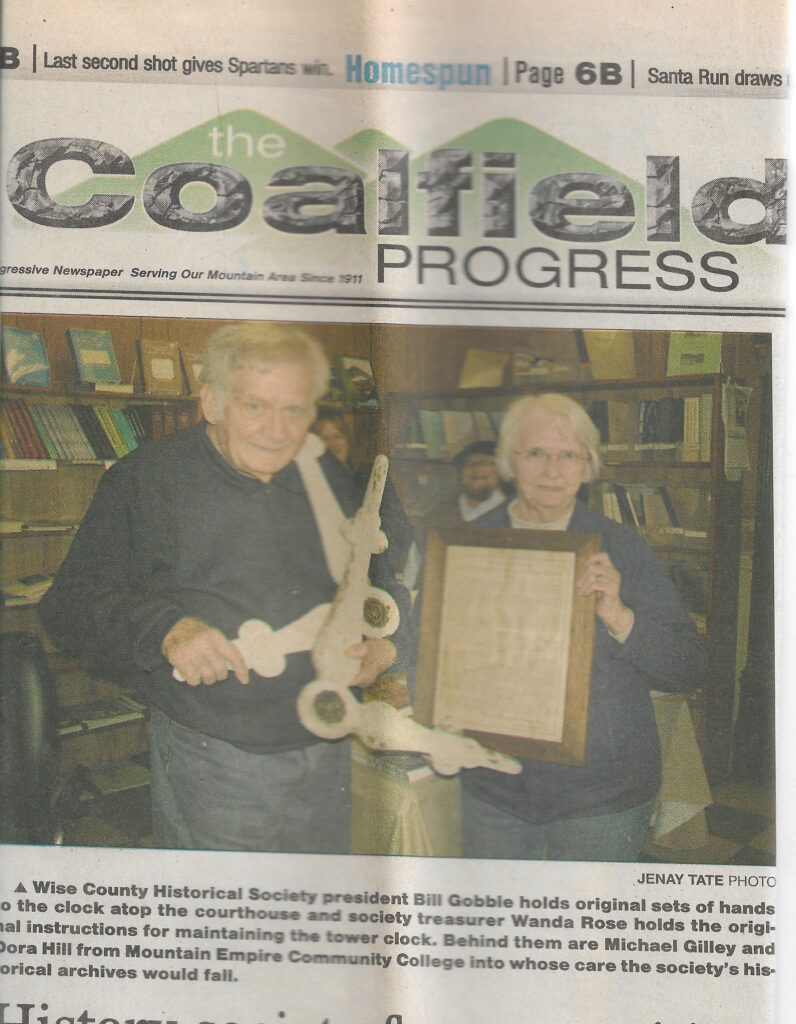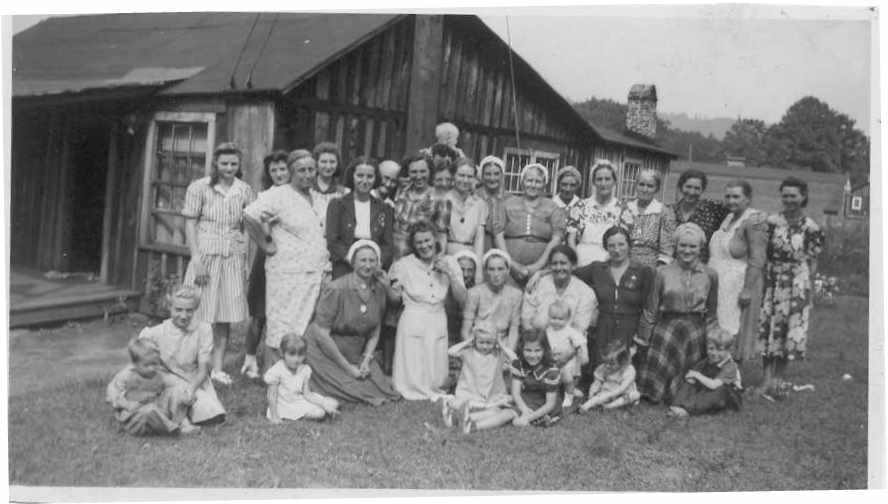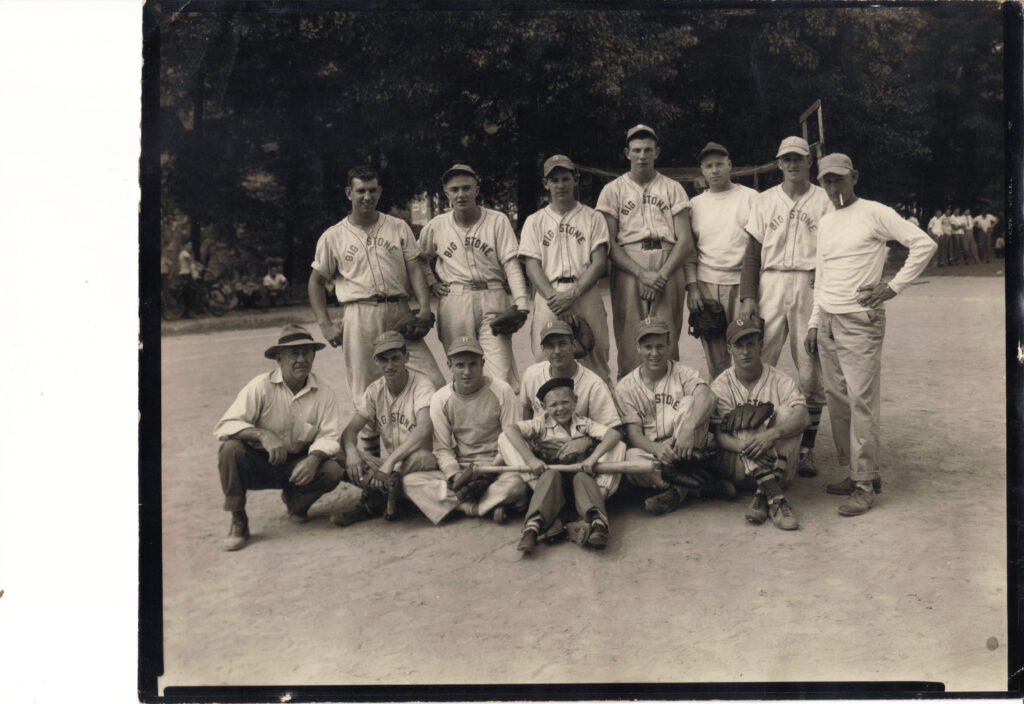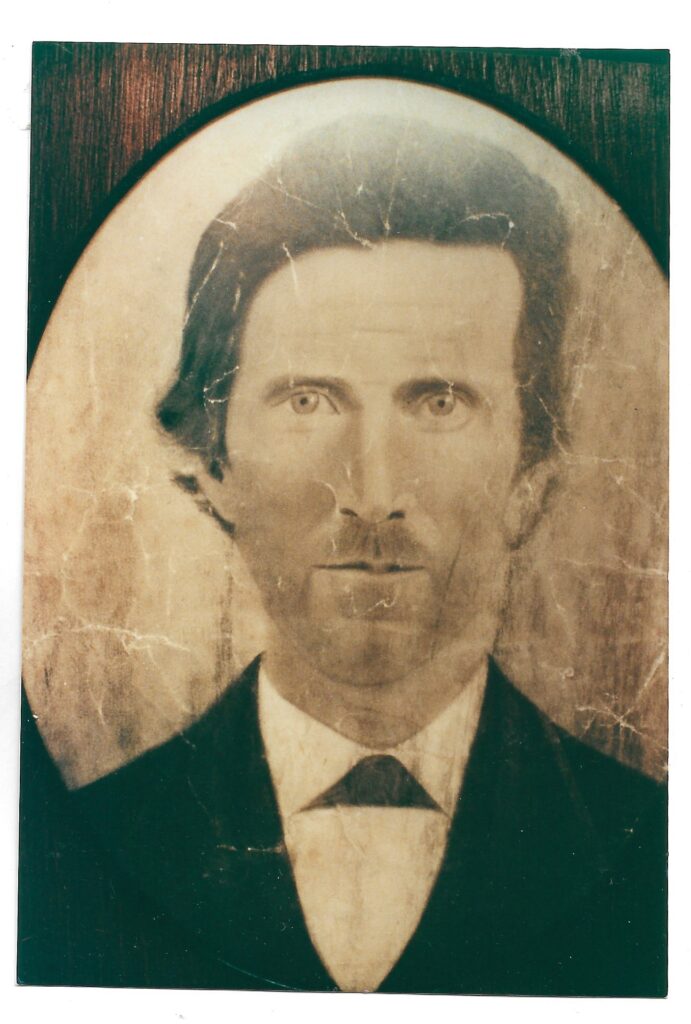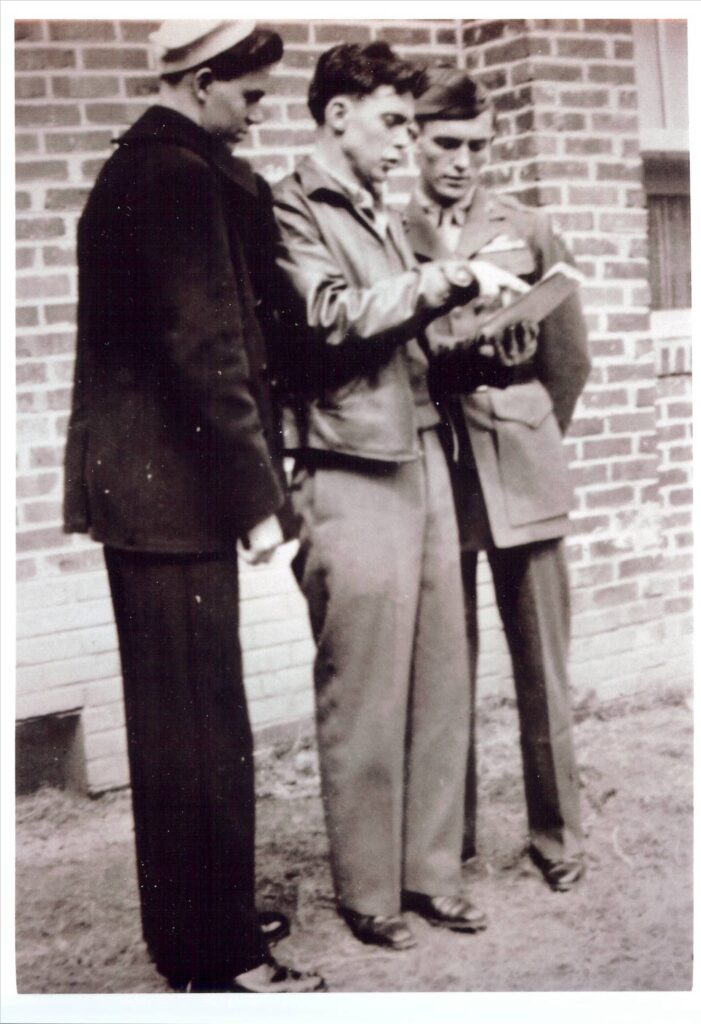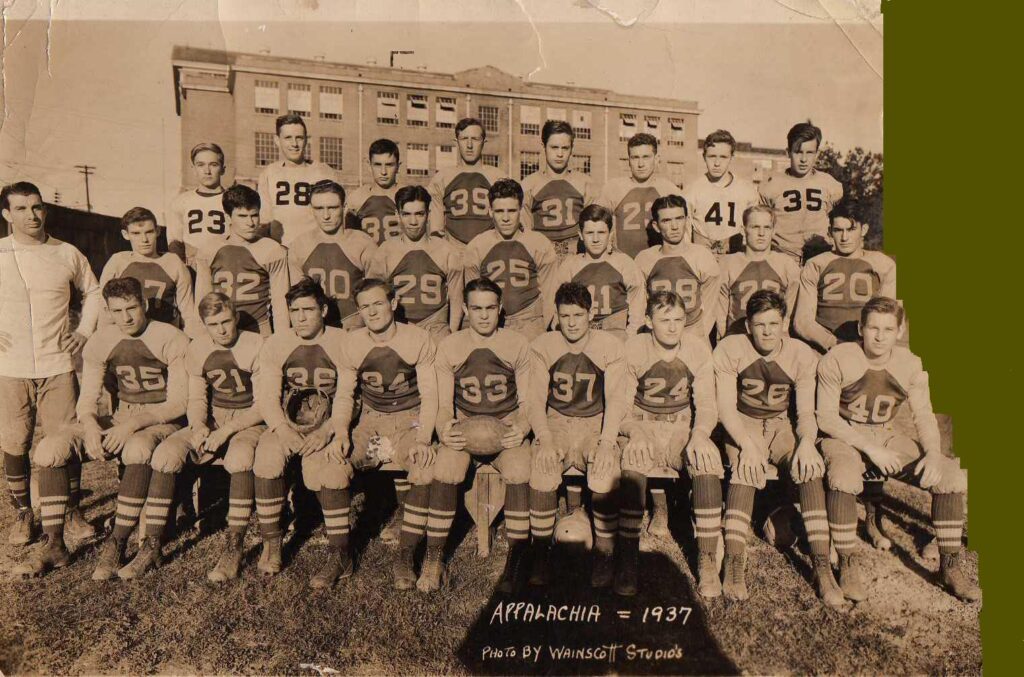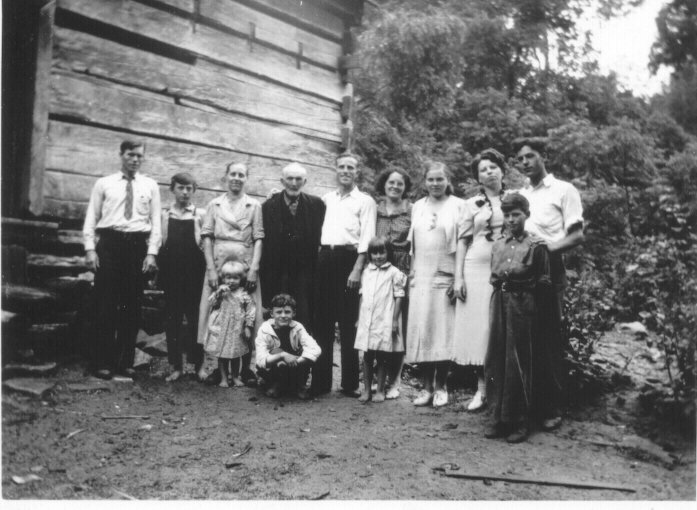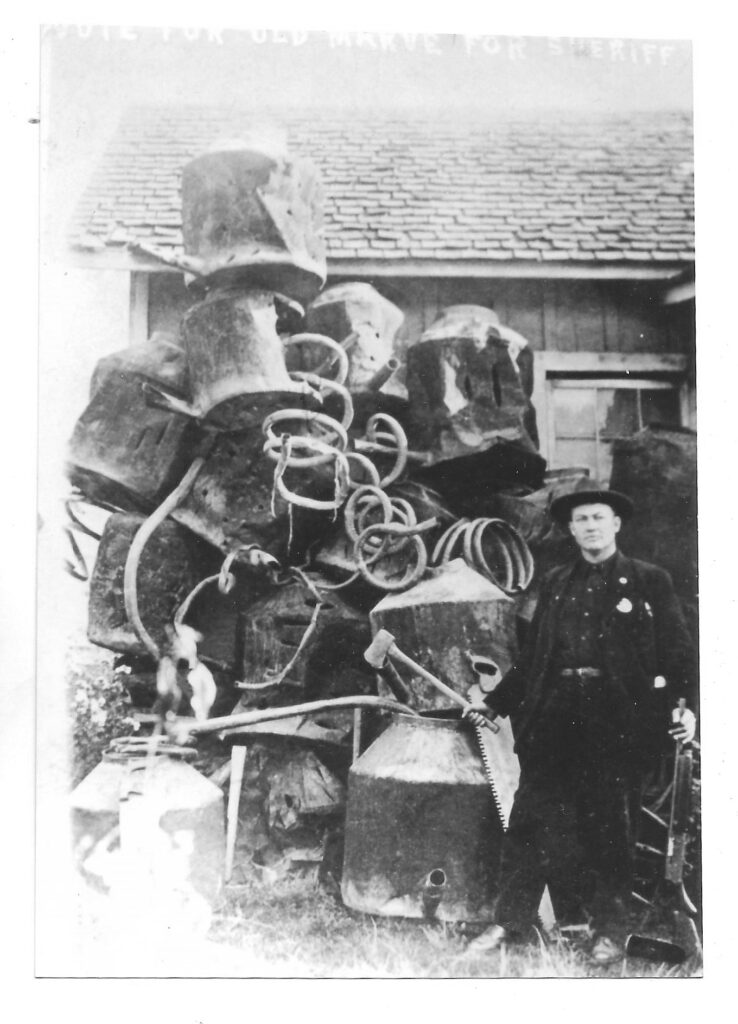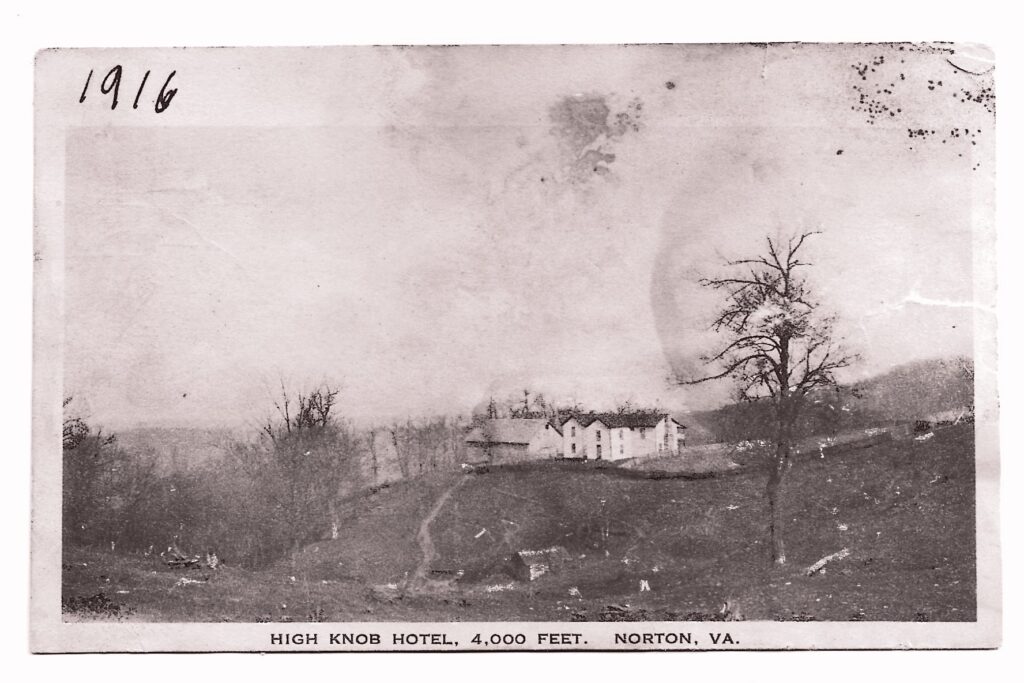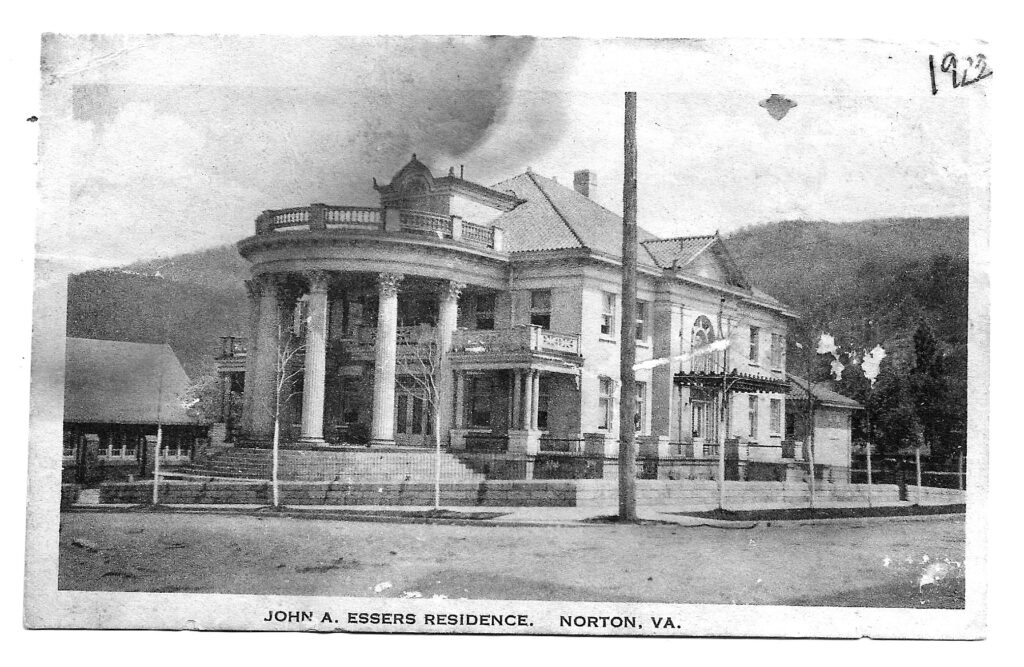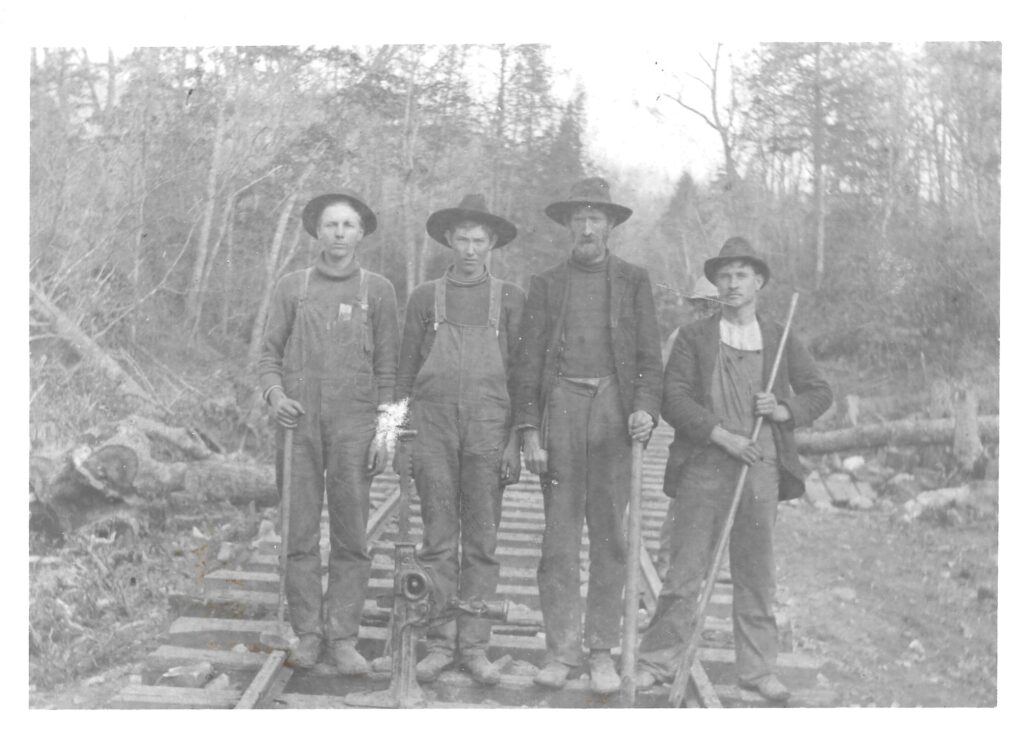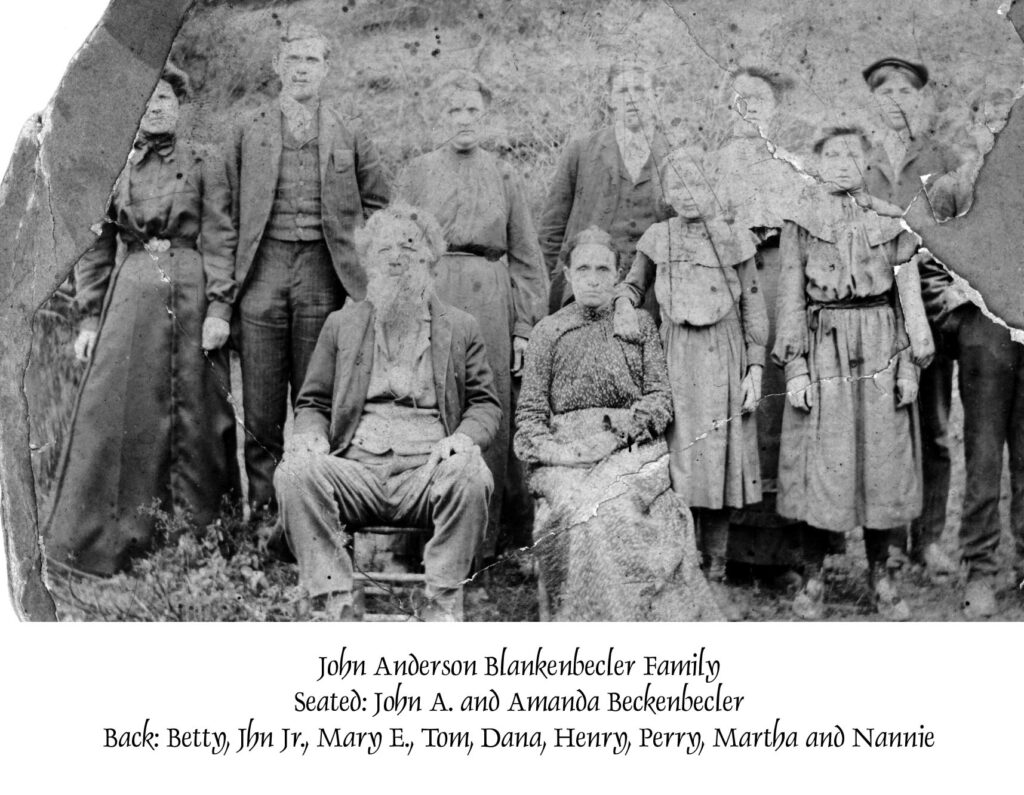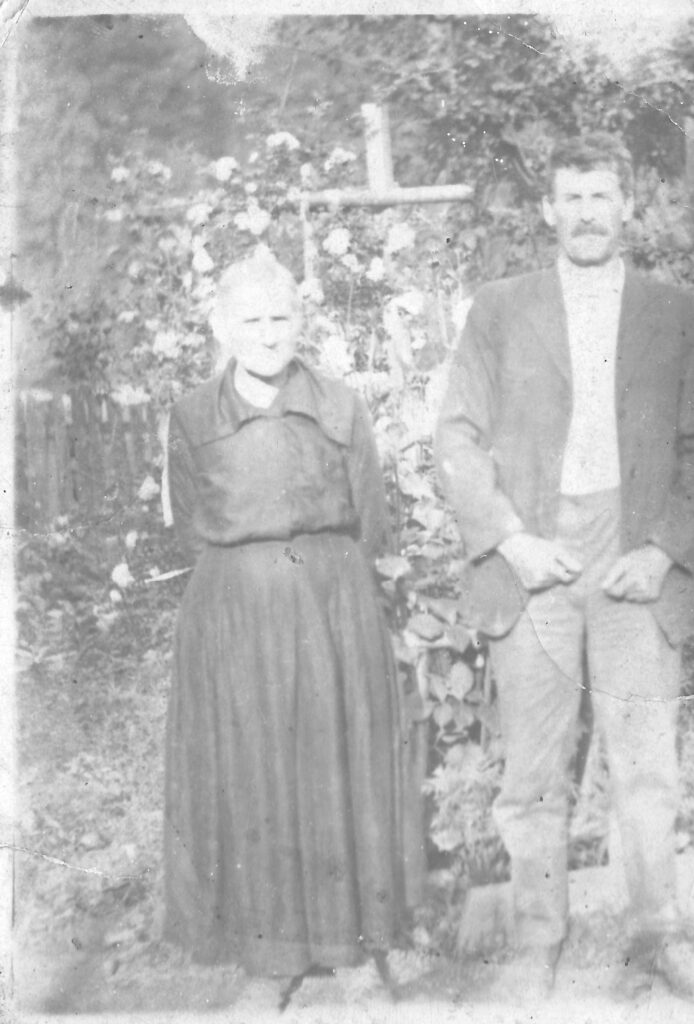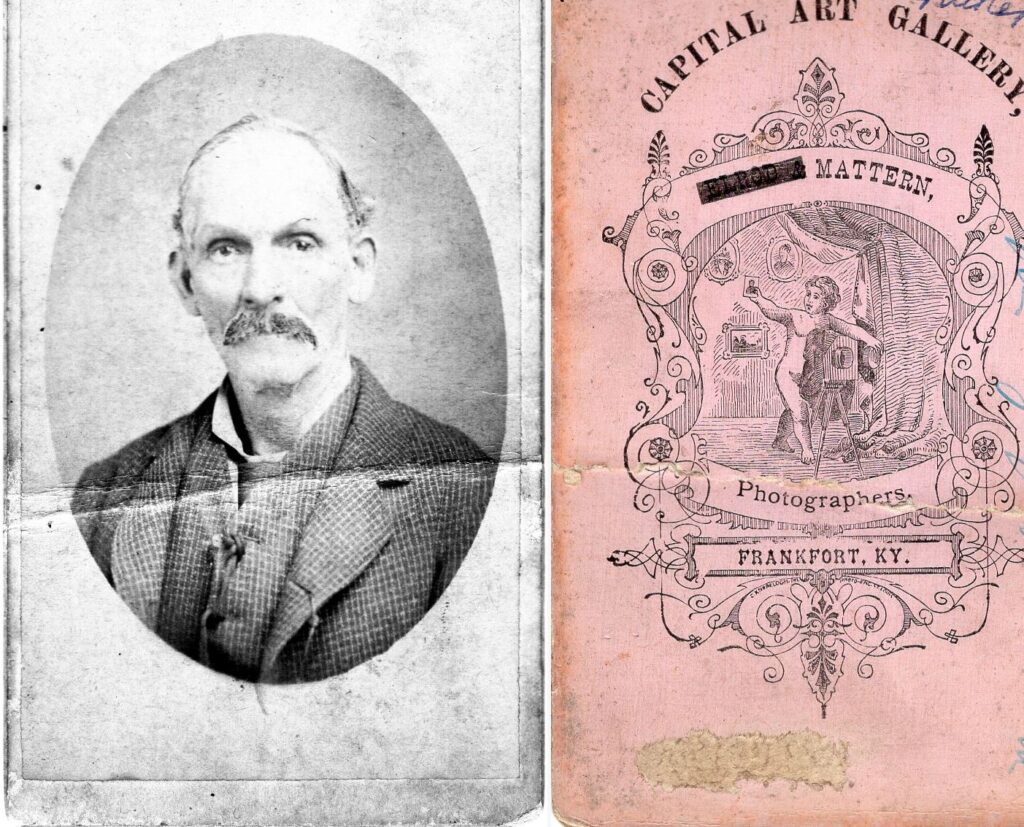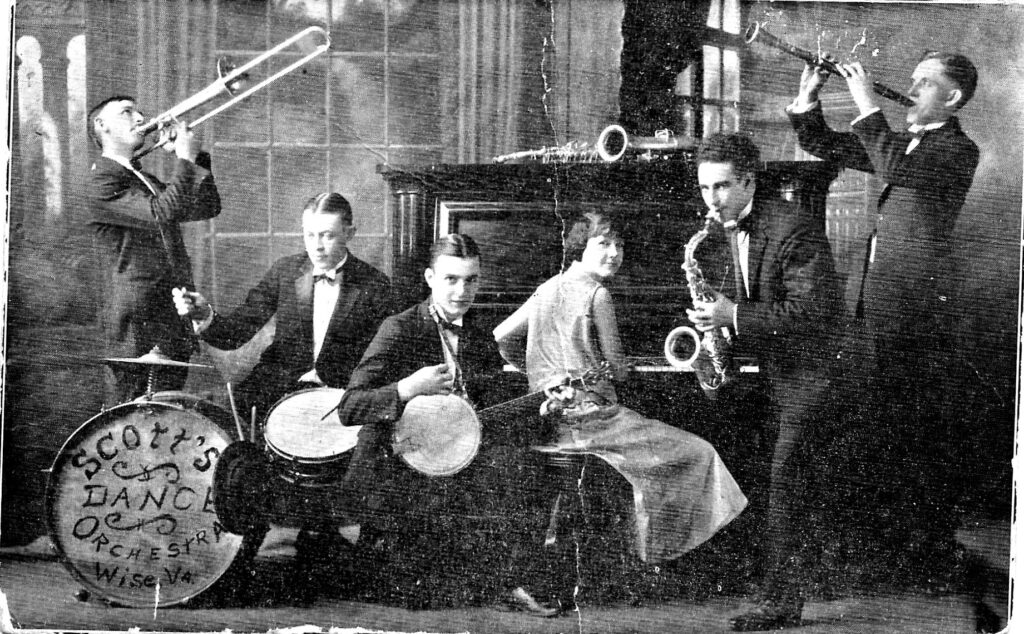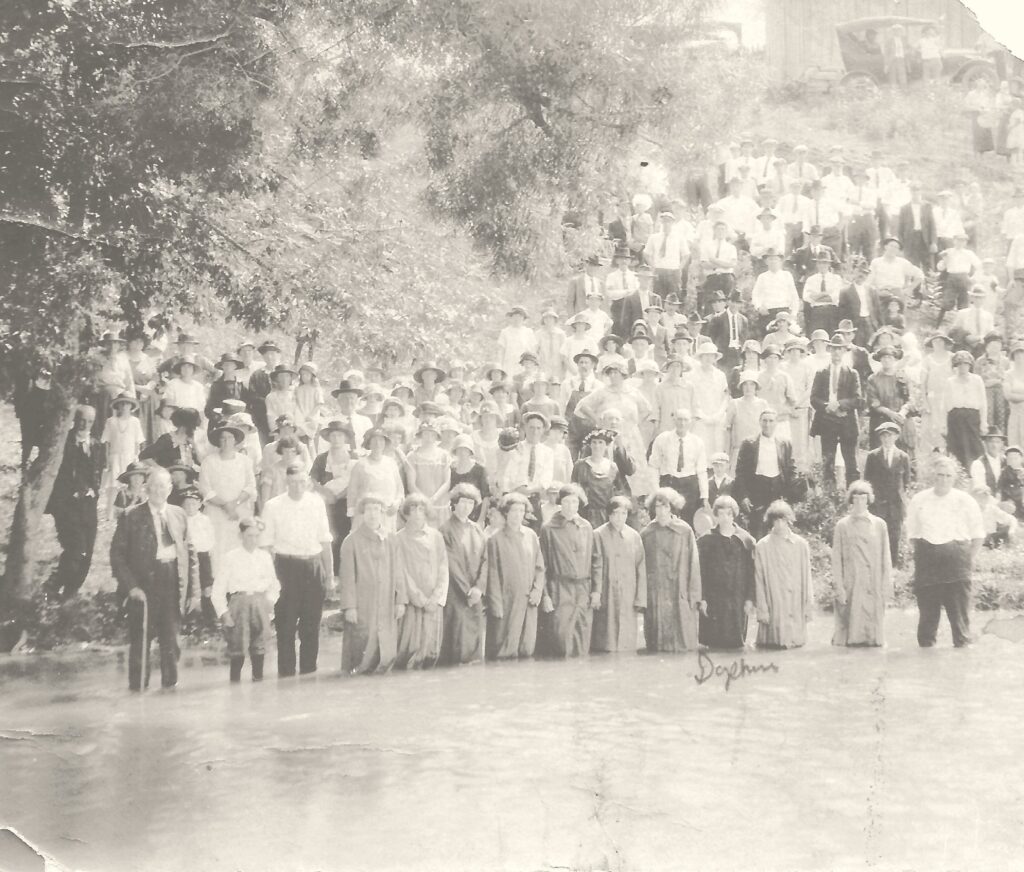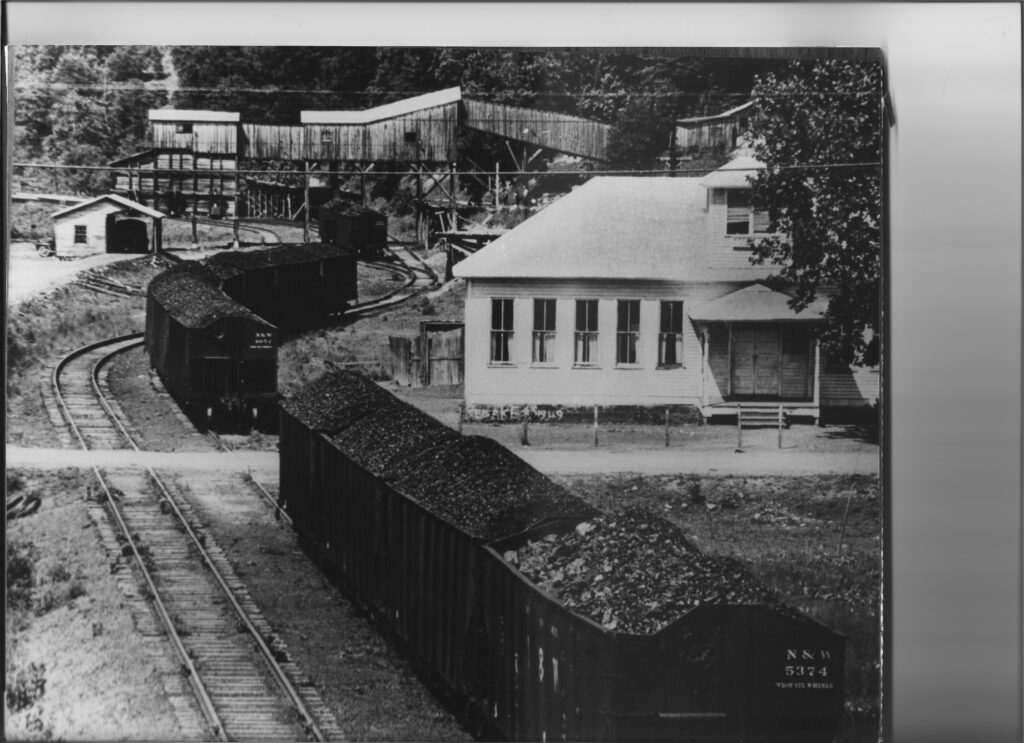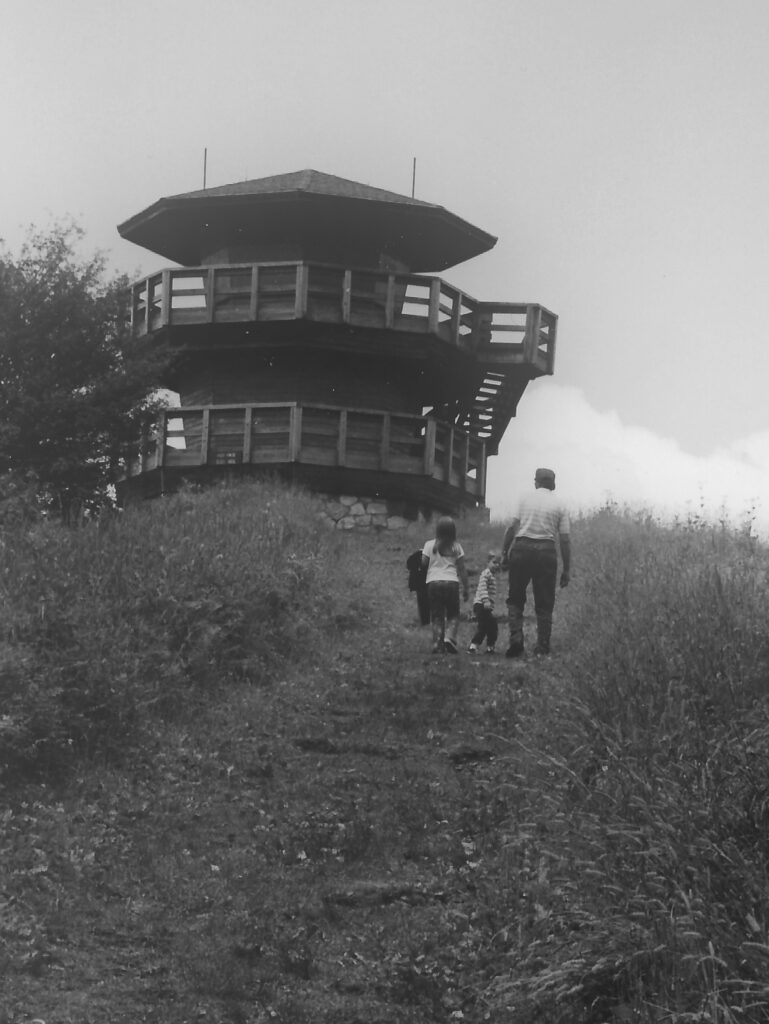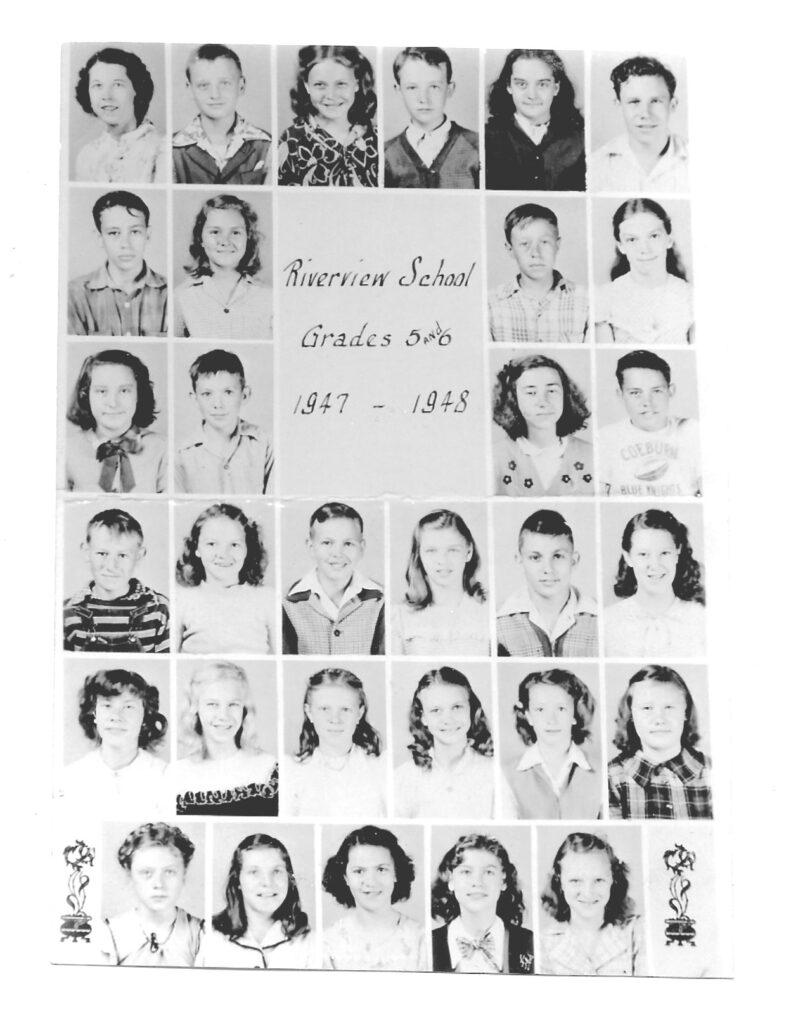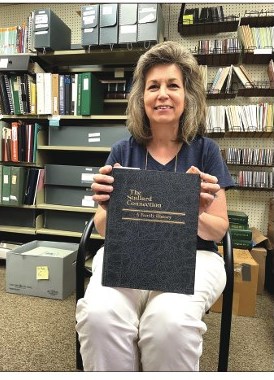
Jordan Dotson to offer Book Signing and Reading at “Gathering in the Gap” Music Festival
Big Stone Gap, VA. As part of this year’s “Gathering in the Gap” Music Festival, the Southwest Virginia Museum Historical State Park is collaborating with the Wise County Historical Society, the Appalachian Writing Project and the C. Bascom Slemp Memorial Library to offer an opportunity to meet Southwest Virginia born author Jordon Dotson. In honor of the release of his book, “The Ballad of Falling Rock,” which has received much praise, participants will have an opportunity to meet with Dotson, listen to a reading from the book, purchase his book and get autographs. Tickets are not required, and the book signing will be held May 24 from 1 to 2 p.m. in the C. Bascom Slemp Memorial Library, directly adjacent to the festival grounds.
About the Author
Born and raised in Southwestern Virginia, Dotson moved to China in 2005 to study classical poetry and folk music. Over fourteen years in Asia, he worked as a journalist, musician and educator, eventually earning his MFA in Fiction from City University of Hong Kong.
As a writer, his work has been featured throughout the U.S. and Asia, including anthologies at multiple Hong Kong universities. In 2019 he received the Scoundrel Time Editor’s Prize, and the same year, his lone screenplay won the Jury Award in Narrative Shorts at more than 30 film festivals worldwide.
As a founder of WriteIvy.com – a writing-education platform for over one million college students worldwide – Dotson has been featured in The New York Times, The Chronicle of Higher Education, The Muse, Authority Magazine and innumerable media outlets throughout Asia.
A graduate of the University of Virginia, Dotson has published in both English and Chinese. Though he now resides in Boston, he still calls Southwest Virginia home.
In addition to the featured Main Stage performances, “Gathering in the Gap” will include a songwriting competition, musical competitions, music jams, a children’s area, the “Gathering Place” Beer and Wine Garden, the “Stitch in Time” Quilt Show and more. Antique, food and craft vendors will also be on site. For additional information and a full schedule of events, please visit the festival website at www.gatheringinthegap.org, “like” the festival page on Facebook or call the Southwest Virginia Museum Historical State Park at 276-523-1322.
The award-winning Virginia State Parks are managed by the Virginia Department of Conservation and Recreation. For more information about Virginia State Parks’ activities and amenities or to make reservations in one of the more than 1,800 campsites or 300 climate-controlled cabins, call the Virginia State Parks Reservation Center at 800-933-PARK or visit www.virginiastateparks.gov.
###
